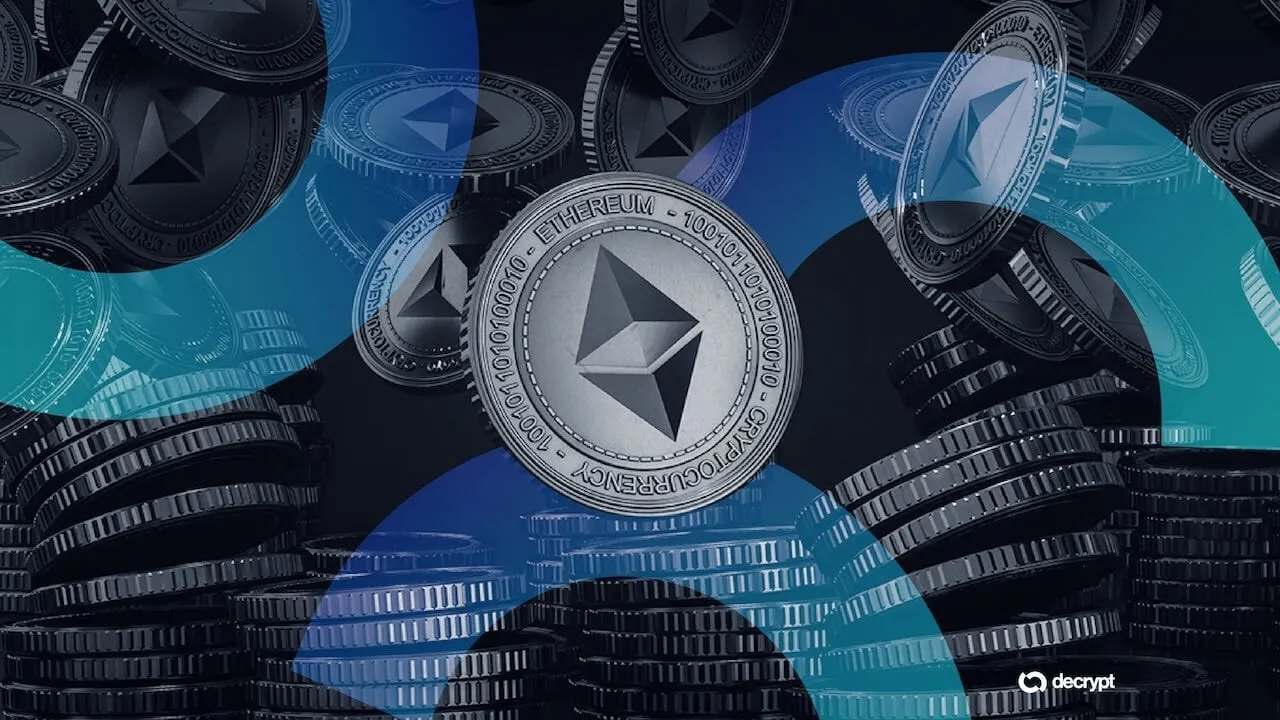In brief
- The Ethereum Foundation is restructuring its Protocol R&D teams under the "Protocol" brand, a new initiative umbrella.
- Three strategic initiatives are expected to target scaling Layer 1, scaling blobs, and enhancing the user experience.
- Some team members won't continue with the foundation as the organization streamlines operations.
Less than a month after the Pectra Upgrade, the Ethereum Foundation believes that the world’s second-largest crypto, both as a technology and as an ecosystem, is approaching major breakthroughs with higher stakes for a broader audience.
Yet those stakes could be at risk if the people steering it are entrenched in what it calls a messy process: shipping protocol.
"We must rethink our current approach to designing, developing, and stewarding the protocol," the foundation wrote Monday, announcing the restructuring of its Protocol Research & Development teams.
The move is set to consolidate development efforts under a new "Protocol" division, focusing on three immediate goals. The foundation touts the move as a way to "respond proactively" to demands that it claims are "hard to articulate and even harder to fulfill."
"Ethereum already powers the lion's share of internet capital markets, onchain communities, and secures $200 billion plus in value," Binji Pande, growth lead at Ethereum Layer 2 scaling solution Optimism, told Decrypt. "Protocol now gives it the clarity and execution it deserves by scaling what works, improving UX, and keeping Ethereum useful for the world."
The overhaul divides teams into three initiatives: scaling the main blockchain (Layer 1), scaling blobs for data storage, and improving the user experience.
Each initiative is assigned dedicated leadership: Tim Beiko and Ansgar Dietrichs are responsible for L1 scaling, Alex Stokes and Francesco D'Amato will oversee blob scaling, while Barnabé Monnot and Josh Rudolf are tasked with improving user experience.
Protocol would help give developers across the Ethereum system "with clearer signals on where the base layer is headed—who to speak to, what to collaborate and double-down on," Joshua Cheong, head of product at Layer 2 protocol Mantle Network, told Decrypt. "That clarity enables us to innovate faster and with more confidence."
But not everyone is staying and making the cut for Protocol. Some members "won't be continuing with the Ethereum Foundation," it said, while encouraging ecosystem projects to recruit departing talent.
Decrypt reached out to the Ethereum Foundation to learn more.

Ethereum Foundation Launches 'Trillion Dollar Security Initiative' to Fortify Network
On Wednesday, the Ethereum Foundation outlined a new initiative to upgrade the network's security, describing its long-term goal as building “civilization-scale infrastructure” capable of securing trillions of dollars in value. Dubbed the Trillion Dollar Security Initiative, the foundation hopes to make Ethereum robust enough that billions of people could confidently hold over $1,000 onchain. It's also eyeing participation from companies, institutions, or governments who could be "comfortable s...
Strategic roles
The three teams will be supported by Dankrad Feist, a prominent researcher and cryptographer renowned for "Danksharding," a blockchain optimization process named after him. Feist will work as strategic advisor to all tracks.
Last year, Feist was involved in a conflict of interest controversy, when he, alongside fellow core developer Justin Drake, confirmed they received tokens for their advisory relationship with EigenLayer, a restaking protocol for Ethereum.
“It is clear that relying on culture and individual judgment has not been sufficient, and we have been working on a formal policy to address this," Aya Miyaguchi, the foundation's former Executive Director, said at the time.

'Most-Hated L1': Arthur Hayes Thinks Ethereum Could Double in Price This Year
Bitcoin billionaire and former BitMEX CEO Arthur Hayes thinks Ethereum could reach $5,000 before the end of the year, nearly doubling in price and potentially marking a new all-time high despite the asset’s recent underperformance when compared to competing layer-1 coins like Bitcoin and Solana. “I think ETH could go to $4,000 or $5,000 this year,” Hayes told Decrypt at Bitcoin 2025 in Las Vegas. “I think it’s the most hated layer-1, and usually you want to be in the most hated asset in a turn...
Still, the Ethereum Foundation's efforts at restructuring with Protocol aim to bridge a perceived gap between research and actual implementation.
Previous upgrades, such as Pectra, faced several hurdles: testnet failures earlier this year delayed the rollout by weeks as developers scrambled to patch bugs.
Now, through Protocol, the foundation is attempting to show "the world is ready for the world computer."
Edited by Sebastian Sinclair




